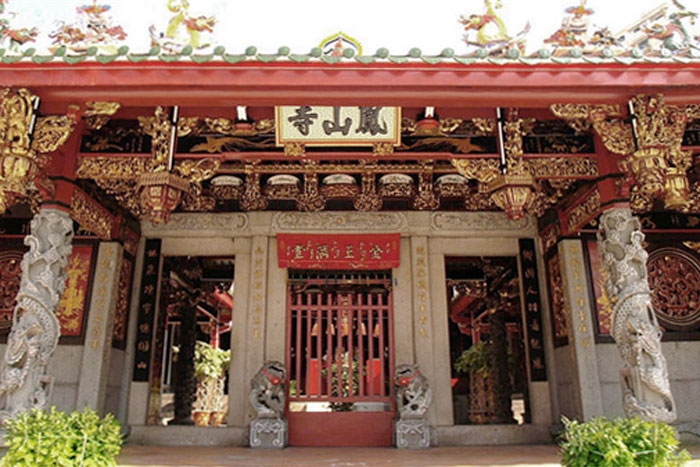While Singapore is obsessed with using prefabricated, build-to-order materials for the construction of HDB flats, and soon, everything else, there is still no way to beat the good old fashioned power of saliva when it comes to restoring old buildings.
To add the final sparkling touches to the decorative gold leaf wood carvings at the century-old Hong San See Temple in River Valley, a team of craftsmen from China used their saliva to add a shine.
This method is a traditional restoration technique employed by artisans to remove dust.
Such was the cleansing power of saliva, and the overall face lift in general, the temple was one of five winners of the Urban Redevelopment Authority's (URA) Architectural Heritage Awards at a presentation ceremony held at the temple on Oct. 3 evening.
The restoration works was part of an extensive four-year, $3 million programme by the temple to bring the crumbling national monument at 30 Mohamed Sultan Road back to mint condition.
Hokkiens from southern Fujian have met and worshipped at the temple since the early 20th century.
The restoration work had previously won an excellence award from the United Nations Educational, Scientific and Cultural Organisation, or Unesco in 2010.
Top photo from here
If you like what you read, follow us on Facebook, Instagram, Twitter and Telegram to get the latest updates.
